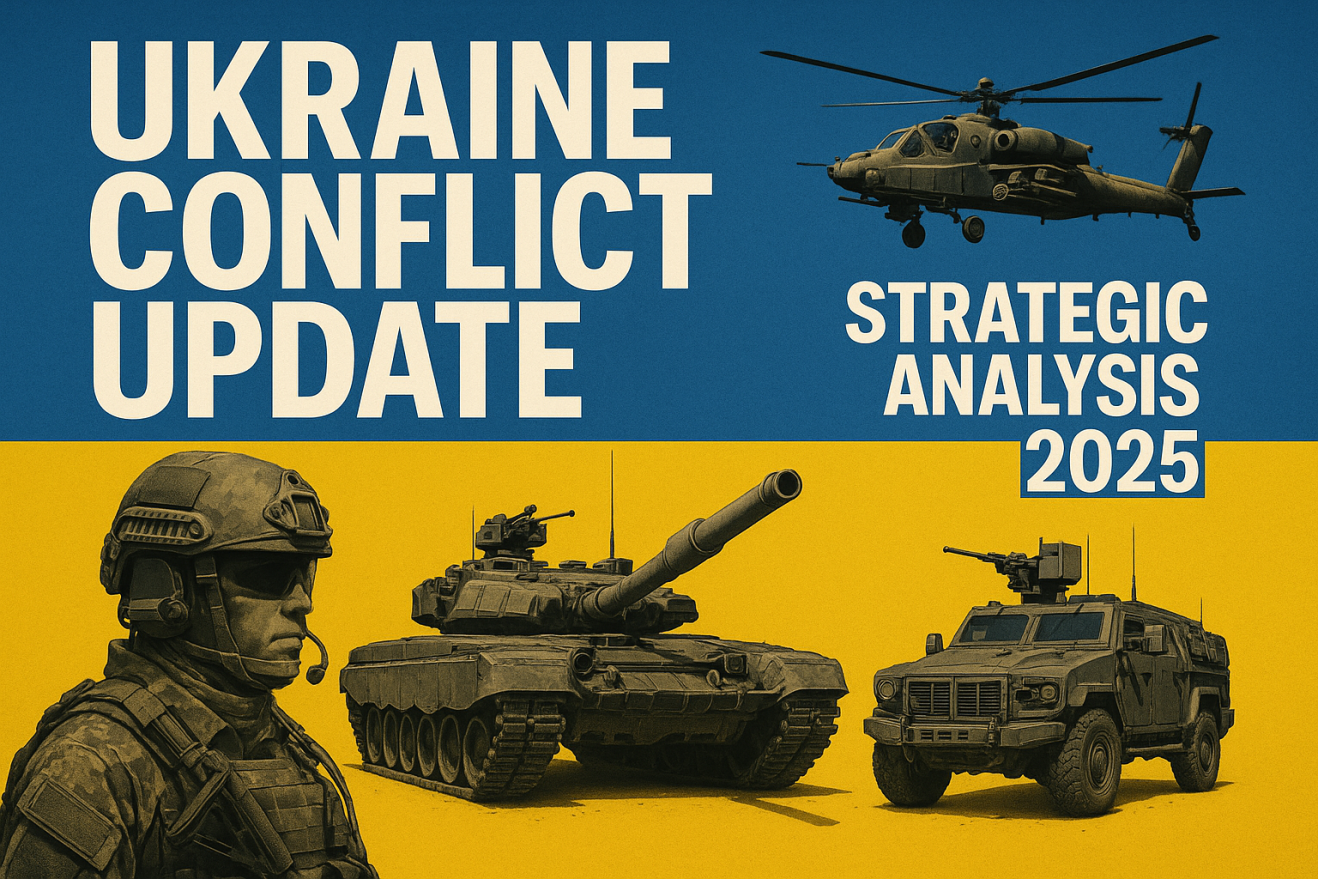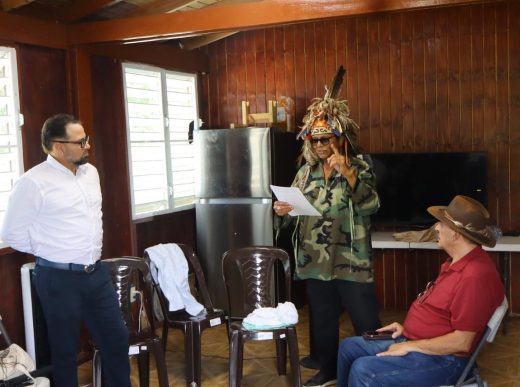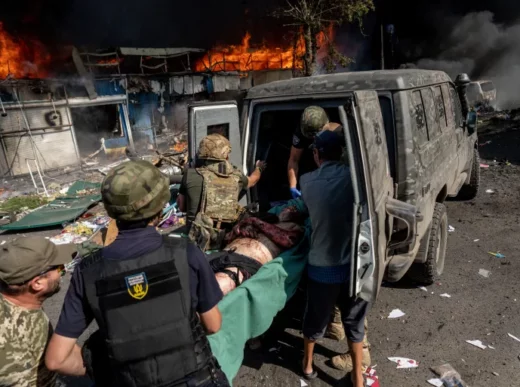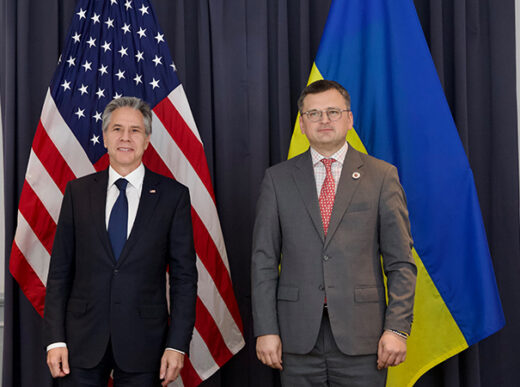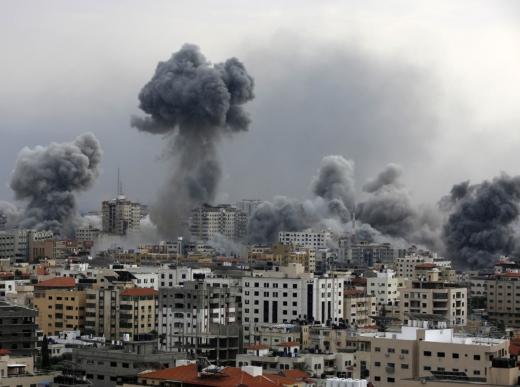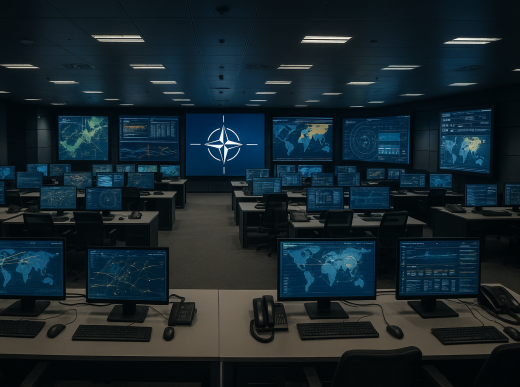Ukrainian President Volodymyr Zelensky’s announcement of a comprehensive winter offensive strategy represents a significant shift in military tactics, with defense analysts evaluating the potential effectiveness of this bold approach against entrenched Russian positions.
\1
The Ukrainian military’s evolution from defensive operations to offensive capabilities marks a crucial turning point in the conflict. Military strategists note that Ukraine’s winter offensive strategy leverages several key advantages while addressing previous tactical limitations.
This strategic shift reflects months of planning, international coordination, and careful assessment of battlefield conditions that favor Ukrainian forces during winter operations.
\1
Ukraine’s winter offensive strategy capitalizes on several tactical advantages:
### Terrain Benefits
Frozen ground provides better mobility for armored vehicles and reduces the mud-related challenges that have historically favored defensive positions.
### Supply Line Vulnerabilities
Russian supply lines become more vulnerable during winter months, creating opportunities for Ukrainian forces to disrupt logistics and communications.
### Equipment Superiority
Western-supplied winter warfare equipment gives Ukrainian forces technological advantages in cold weather operations.
### Training Advantages
Ukrainian forces have received extensive winter warfare training from NATO allies, improving their operational effectiveness in harsh conditions.
\1
Defense experts are analyzing multiple aspects of Ukraine’s winter offensive approach:
### Force Composition
The offensive incorporates combined arms tactics with integrated air defense, artillery, and mechanized infantry units working in coordinated operations.
### Intelligence Integration
Enhanced intelligence capabilities, including satellite reconnaissance and electronic warfare systems, provide Ukrainian forces with improved situational awareness.
### Logistics Planning
Comprehensive logistics planning addresses the challenges of maintaining supply lines during winter operations in contested territory.
### International Coordination
Close coordination with NATO allies ensures continued equipment supply and intelligence sharing throughout the offensive operations.
\1
Russian forces have been preparing defensive positions in anticipation of Ukrainian winter operations:
**Fortification Systems**: Extensive trench networks and defensive positions have been constructed along key frontlines
**Artillery Positioning**: Russian artillery units have been repositioned to provide defensive fire support
**Reserve Deployment**: Strategic reserves have been moved to counter potential Ukrainian breakthrough attempts
**Air Defense Integration**: Integrated air defense systems aim to limit Ukrainian air support capabilities
\1
The success of Ukraine’s winter offensive depends significantly on continued international support:
### Military Aid
Ongoing delivery of advanced weapons systems, including air defense and precision strike capabilities, remains crucial for operational success.
### Intelligence Sharing
Real-time intelligence sharing with NATO allies provides Ukrainian forces with strategic and tactical advantages.
### Training Programs
Continued training programs for Ukrainian military personnel ensure effective utilization of advanced equipment and tactics.
### Economic Support
International economic aid helps maintain Ukraine’s military industrial capacity and overall war effort sustainability.
\1
Ukrainian forces have demonstrated significant tactical innovation:
**Drone Integration**: Extensive use of unmanned systems for reconnaissance, targeting, and direct attack missions
**Electronic Warfare**: Advanced electronic warfare capabilities to disrupt Russian communications and navigation systems
**Precision Strikes**: Improved precision strike capabilities targeting Russian command and logistics infrastructure
**Mobility Tactics**: Enhanced mobility and rapid deployment capabilities for breakthrough operations
\1
The winter offensive has broader geopolitical implications:
### NATO Solidarity
The offensive tests NATO unity and commitment to continued support for Ukraine’s military efforts.
### Russian Response
Russian military and political responses to Ukrainian offensive operations may escalate or modify the conflict’s trajectory.
### International Law
Compliance with international humanitarian law during offensive operations remains a priority for Ukrainian forces.
### Regional Stability
The offensive’s success or failure may influence broader regional security dynamics in Eastern Europe.
\1
Military operations must balance tactical objectives with humanitarian concerns:
**Civilian Protection**: Ukrainian forces prioritize civilian protection during offensive operations in populated areas
**Infrastructure Preservation**: Efforts to minimize damage to critical civilian infrastructure during military operations
**Refugee Considerations**: Military planning accounts for potential refugee movements resulting from offensive operations
**International Monitoring**: International observers monitor compliance with humanitarian law during military operations
\1
The winter offensive requires significant economic and resource commitments:
### Military Expenditure
Sustained offensive operations require substantial financial resources for equipment, ammunition, and personnel support.
### Industrial Capacity
Ukraine’s defense industrial capacity must support ongoing military operations while maintaining production capabilities.
### International Funding
Continued international financial support remains essential for sustaining military operations and economic stability.
### Resource Allocation
Balancing military resource allocation with civilian needs during winter months presents ongoing challenges.
\1
The offensive incorporates significant technological innovations:
**Communications Systems**: Advanced secure communications systems enable coordinated operations across multiple fronts
**Targeting Technology**: Precision targeting systems improve effectiveness while reducing collateral damage
**Logistics Technology**: Advanced logistics systems ensure efficient supply chain management during operations
**Medical Technology**: Improved battlefield medical capabilities reduce casualty rates and improve survival outcomes
\1
Ukrainian forces maintain strict adherence to international humanitarian law:
### Rules of Engagement
Clear rules of engagement ensure compliance with international legal standards during offensive operations.
### Civilian Protection
Comprehensive measures to protect civilian populations and infrastructure during military operations.
### Prisoner Treatment
Adherence to Geneva Convention standards for treatment of prisoners of war and detained personnel.
### Accountability Mechanisms
Robust accountability mechanisms ensure investigation and prosecution of any violations of international law.
\1
The winter offensive aims to achieve several strategic objectives:
**Territorial Recovery**: Recapture of occupied Ukrainian territory through coordinated military operations
**Infrastructure Liberation**: Recovery of critical infrastructure including ports, airports, and industrial facilities
**Military Degradation**: Systematic degradation of Russian military capabilities and logistics systems
**International Demonstration**: Demonstration of Ukrainian military effectiveness to maintain international support
\1
Military planners have identified and addressed key operational risks:
### Weather Dependencies
Contingency planning addresses potential weather-related challenges that could affect operational timelines.
### Supply Chain Vulnerabilities
Redundant supply chains and logistics networks reduce vulnerability to Russian interdiction efforts.
### Casualty Management
Comprehensive medical support and evacuation capabilities minimize the impact of combat casualties.
### International Relations
Diplomatic coordination ensures continued international support despite potential operational setbacks.
\1
Ukraine’s winter offensive strategy represents a calculated risk that could significantly alter the trajectory of the conflict. Success depends on effective execution of complex military operations while maintaining international support and adhering to humanitarian principles.
The offensive demonstrates Ukraine’s evolution from a defensive posture to capable offensive operations, supported by international allies and advanced military capabilities. Military analysts will closely monitor the offensive’s progress as an indicator of Ukraine’s long-term military prospects and the broader trajectory of the conflict.
The strategic implications extend beyond immediate tactical objectives, potentially influencing future NATO-Russia relations, European security architecture, and international responses to territorial aggression. The winter offensive thus represents not just a military operation, but a crucial test of international resolve and Ukrainian military capabilities.
